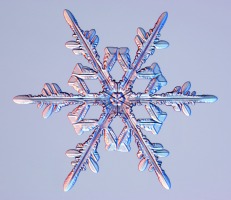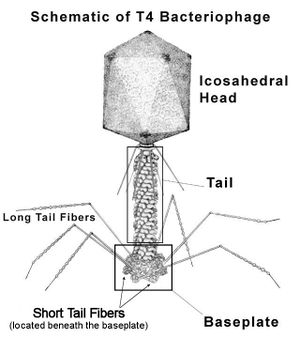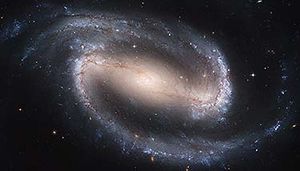Difference between revisions of "Main Page"
| Line 16: | Line 16: | ||
Self-assembling systems abound in nature, and include the formation of everything from snowflakes, to biological structures (such as viruses), to galaxies. | Self-assembling systems abound in nature, and include the formation of everything from snowflakes, to biological structures (such as viruses), to galaxies. | ||
| − | [[File: | + | [[File:Snowflake1.jpg|thumb|alt=Snowflake|Image courtesy of SnowCrystals.com]] |
| − | [[File: | + | [[File:Bacteriophage.jpg|thumb|alt=T4 bacteriophage|Image courtesy of NSF.gov]] |
| + | |||
| + | [[File:Galaxy.jpg|thumb|alt=Spiral galaxy|Image courtesy of hubblesite.org]] | ||
== Getting started == | == Getting started == | ||
Revision as of 21:02, 3 December 2011
Welcome to the self-assembly group wiki. The purpose of this website is to serve as a common repository for papers and articles in the field of algorithmic self-assembly, as well as a technically oriented, easy to use wiki about self-assembly topics. Researchers in the area are invited and encouraged to contribute content including wiki articles, papers, and software. Please email mpatitz@self-assembly.net if you are interested in contributing.
What is self-assembly?
Self-assembly is the process during which a collection of relatively simple components, starting in a disorganized state, autonomously combine into a more complex structure. During self-assembly, there is no external guidance or direction, and the self-assembling components experience only local interactions and typically obey a simple set of rules that govern how they combine.
Self-assembling systems abound in nature, and include the formation of everything from snowflakes, to biological structures (such as viruses), to galaxies.
Getting started
- Topics in self-assembly
- List of papers
- List of conferences
- List of open problems
- List of software
- People
- Add a paper


